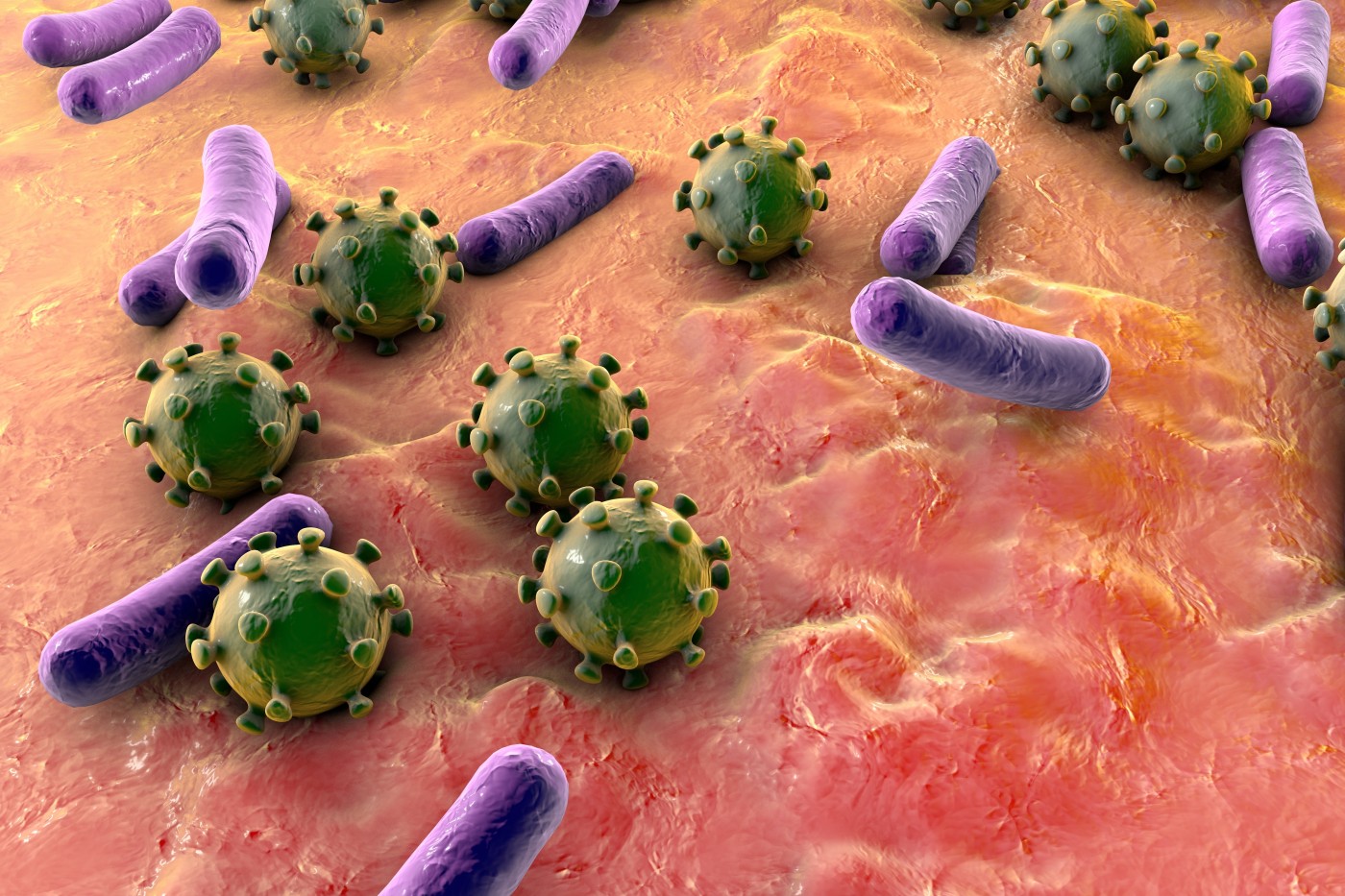Bacterial Composition Seen to Differ in Respiratory Tract of Sarcoidosis Patients

The composition of microorganisms in the respiratory tract of people with sarcoidosis differs from that found in healthy individuals, according to a study conducted by scientists in Poland. The researchers suggest this difference may be a factor contributing to the increased colonization of patients’ airways by opportunistic pathogenic bacteria.
Their study, “Changes in the prevalence and biofilm formation of Haemophilus influenzae and Haemophilus parainfluenzae from the respiratory microbiota of patients with sarcoidosis,” was published in the journal BMC Infectious Disease.
Researchers led by Dr. Anna Malm, of the Department of Pharmaceutical Microbiology at the Medical University of Lublin, took samples from 31 patients with sarcoidosis and 37 healthy people serving as a control group. The team analyzed the presence of two species of bacteria, Haemophilus influenzae and Haemophilus parainfluenzae, which are normally found in the airways, often without causing any problems. These species, however, can become pathogenic under certain conditions (such as a viral infection, weakened immune system, or chronically inflamed tissues), especially H. influenzae.
They found that people with sarcoidosis were more likely to carry H. influenzae in their airways compared to the controls. Interestingly, all H. influenzae isolates were of the weak- or non-biofilm producing type, independently of whether they were isolated from people with sarcoidosis or controls.
Biofilms are formed by bacteria that adhere to moist surfaces by excreting slimy, glue-like substances. Biofilm formation may be regarded as either a pathogenic or a protective process, depending on the conditions.
When the team looked at the prevalence of H. parainfluenzae, they found that people in both groups were equally likely to be carriers, but overall, the number of strains isolated from sarcoidosis patients was significantly lower than the number of strains isolated from healthy individuals.
The scientists concluded that “a reduction in the number of H. parainfluenzae strains capable of biofilm formation may contribute to an increased colonization by certain opportunistic pathogens like H. influenzae (this study) or by other bacteria.”
Further study is needed, they said, to determine “whether the biofilm formed by these bacterial species is a causative or just a protective factor in recurrent or chronic diseases, e.g. sarcoidosis.”






